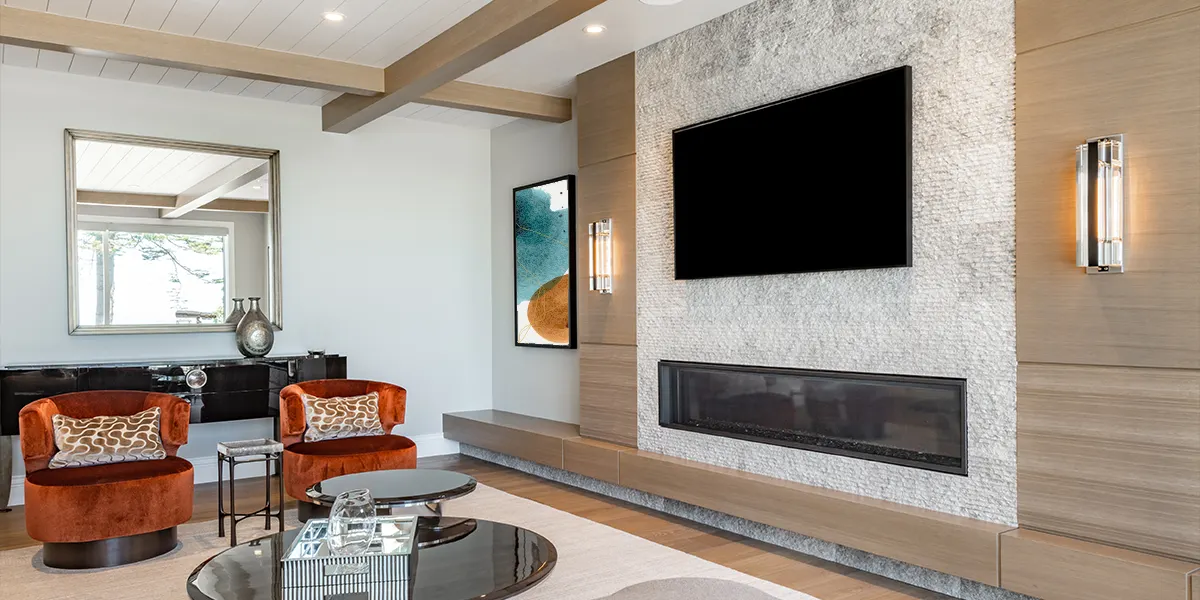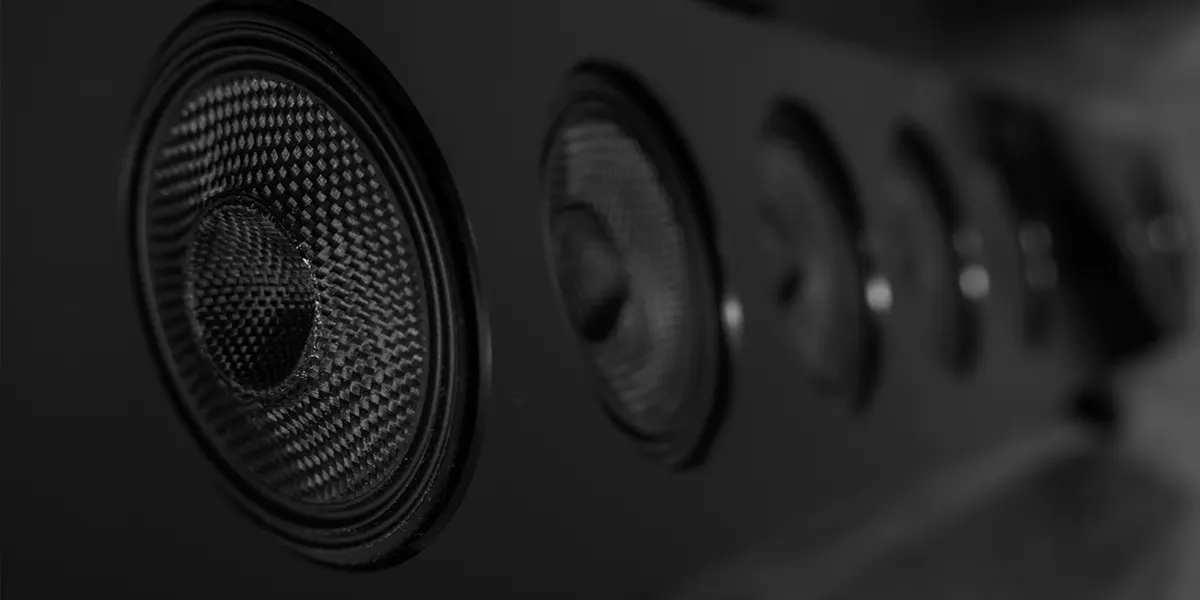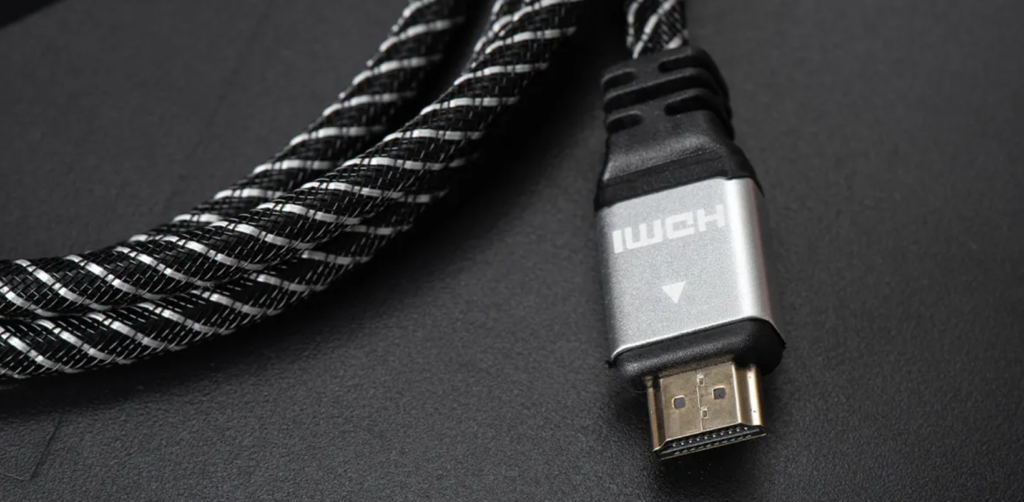You’ve carefully picked the components for your new AV system, and all you need are some HDMI cables to connect it all. While you might think any cables will do, this is no longer true. The HDMI 2.1 cable standard is meant for the newest models of gaming consoles, televisions, and soundbars, making your existing 2.0 cables obsolete. This new standard heightens the entertainment experience with higher resolution, frame rate, and bandwidth for your favorite media, including movies, video games, and shows. But how does something that seems as simple as cables change the viewer’s experience? Here is Audio Video Concepts’ guide to HDMI 2.1 cable standards.
How does HDMI 2.0 function?
In 2013, the launch of HDMI 2.0 changed the entertainment landscape with the capacity to handle 4K content at 60fps (frames per second), which meant that users could now react in real-time to flying bullets and speeding cars in video games. In comparison, films (24fps) and TV shows (30fps) appeared crisper than ever. Later the introduction of HDMI 2.0a introduced High Dynamic Range (HDR) to bring balance to the brightest whites and darkest blacks on the screen. Years later, HDMI 2.0b arrived with the ability to combine dynamic and HDR visuals into a single signal for all TVs. This was considered the highest standard on the consumer market until the arrival of HDMI 2.1.
How is HDMI 2.1 different?
HDMI 2.1 creates the sharpest image ever through its ability to handle 48Gpbs bandwidth, Dynamic HDR, and High Frame Rate (HFR) for 4K, 8K, and 10K up to 120Hz. Video games also receive a visual level-up through Variable Refresh Rate (VRR) to smooth motion and Quick Frame Transport (QFT), which stretches TV components’ lifespan thanks to the ability to power down more often.

Buying a New TV
Although you can access some of the features on existing TVs through firmware updates, we suggest a new TV to unlock the full potential of HDMI 2.1. There are only a handful of manufacturers that already utilize HDMI 2.1, such as LG’s OLED and NanoCell models. The majority of media sources still don’t require HDMI 2.1 to operate, so if you prefer to wait for more affordable options, then hold out on your new TV for a little while longer.
Purchasing New Cables
We absolutely recommend owning HDMI 2.1 cables as soon as you can, to enjoy the most modern viewing experience possible. However, a separate purchase may not be necessary. Both the Playstation 5 and Xbox Series X include HDMI 2.1 cables, so if you already own one of these media sources, you’re ready to go. When it’s time to buy, you may encounter fake cables claiming 48Gbps support, but actual HDMI 2.1 cables always have clear certification included in their marketing. All certified cables are also backward-compatible to support your older sources and screens, so you’ll never have a lull in entertainment.
Available HDMI 2.1 Sources
The most popular HDMI 2.1 sources on the market are the Xbox Series X and PS5, as mentioned above. Their incredibly high frame rates of 120fps bring players to the center of all the action in 4K resolution. The Xbox Series X already supports VRR, while Sony is currently implementing it in the PS5 as they have done with most of their newest TV models. Meanwhile, HDMI 2.1 graphics cards have been boosting the user experience for PC gamers.

HDMI 2.1 AV Receivers and Soundbars?
Movie or music experiences may be your ideal media entertainment over video games, so it’s essential every piece in your audio-visual setup is capable of handling 2.1 signals. Your AV receiver, for example, needs to include 2.1 inputs and outputs for multiple devices, from speakers to screens. LG soundbar models are the perfect match for the cutting-edge visual quality of HDMI 2.1.
If you’re looking for entertainment worth your investment, you don’t have to go far. Upgrading to HDMI 2.1 cables is one of the simplest ways to enhance your entertainment experience. Whether you have question



